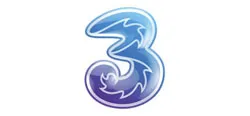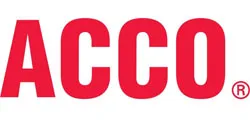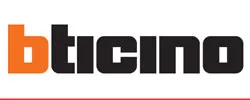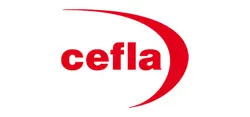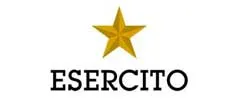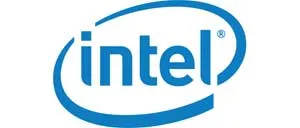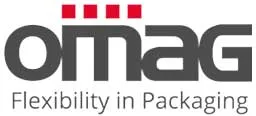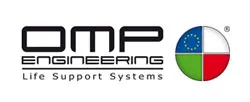-
The proliferation of electronic devices in the world has caused electromagnetic interference (EMI) and radio frequency interference (RFI) to become important concerns.
- MIL-STD-285
- NSA 65-6
- IEEE 299
- ASTM F3057-14
- ASTM D4935-18
- CEI EN/IEC 50147-1
- CEI EN/IEC 61587-3
- CEI EN/IEC 61000-5-7
- ANSI/SCTE 48-3
EMI shielding has become a more significant issue due to the increased use of plastic housings for electronic equipment.
EMCTEST performs shielding effectiveness, penetration depth, reflection and scattering testing on various materials.
We have designed automated fixtures for various test materials from DC to 50 GHz.
Our laboratory conducts Shielding Effectiveness testing to the following standards:
For further information visit a web partner of Emctest: https://www.shieldingtests.com
Shielding Measurements
Attenuation is one of the principal indicators for measuring the effectiveness of electromagnetic interference shielding.
It refers to the difference between an electromagnetic signal’s intensity before shielding and its intensity after shielding.
Shielding Effectiveness
When a given electric field strength impinges on a shield barrier at a particular frequency, the wave current is induced into the barrier. This current is reduced by the barrier's skin effect as the wave penetrates the barrier. The ratio of the wave that penetrates the barrier and the incident wave on the barrier is the Shielding Effectiveness of the barrier.
Penetration
Penetration depth is equal to the reciprocal of Shielding Effectiveness.
Reflection
Reflection occurs when part of an electromagnetic incident wave that impinges on a material surface returns to its original source.
Scattering
Scattering occurs when a transmitted wave encounters one or more discrete objects, a rough boundary between two mediums, or continuous irregularities in the complex permittivity of the encountered medium.


.JPG)
.JPG)
.JPG)
.JPG)
.JPG)
.JPG)
.JPG)
.JPG)




